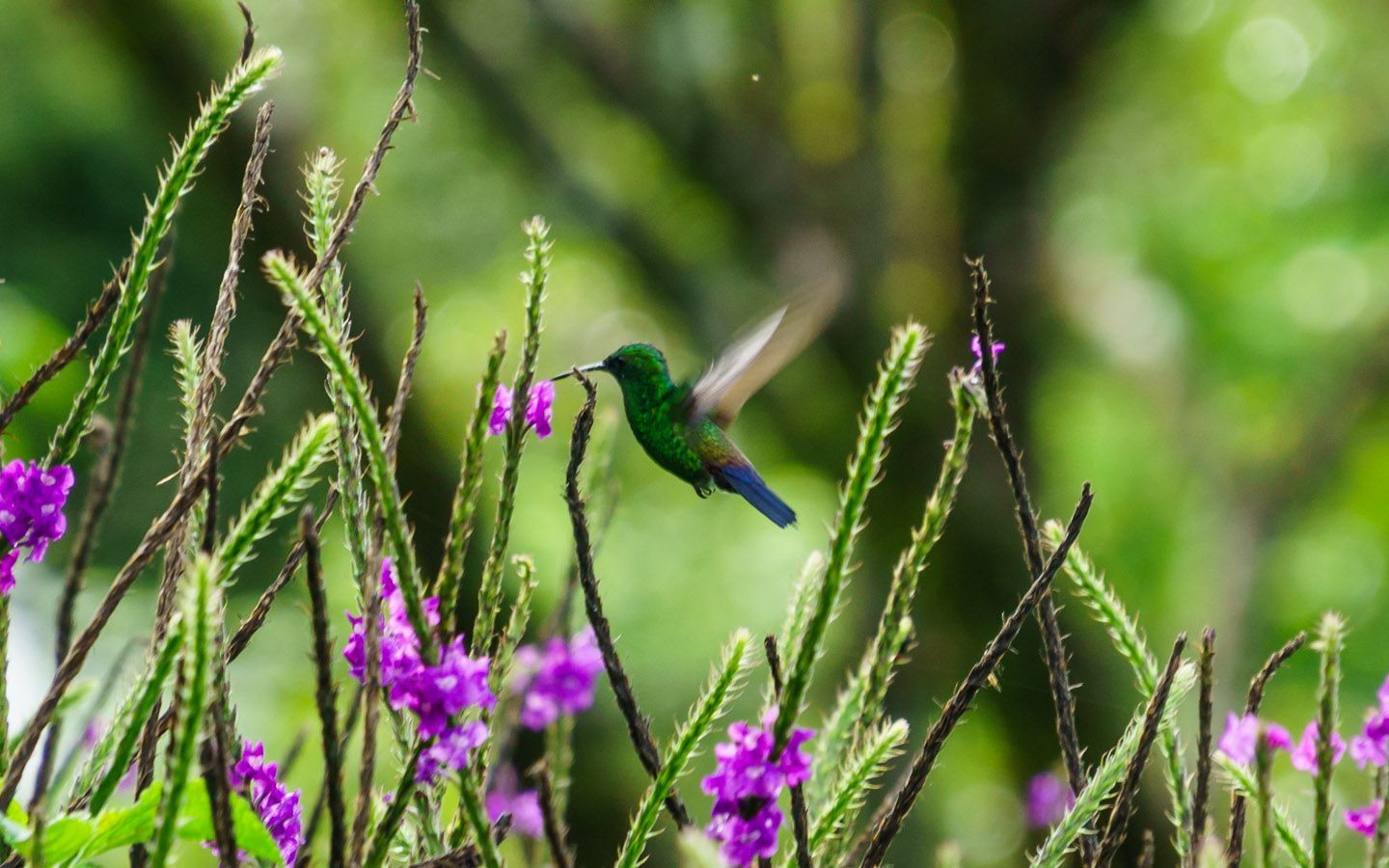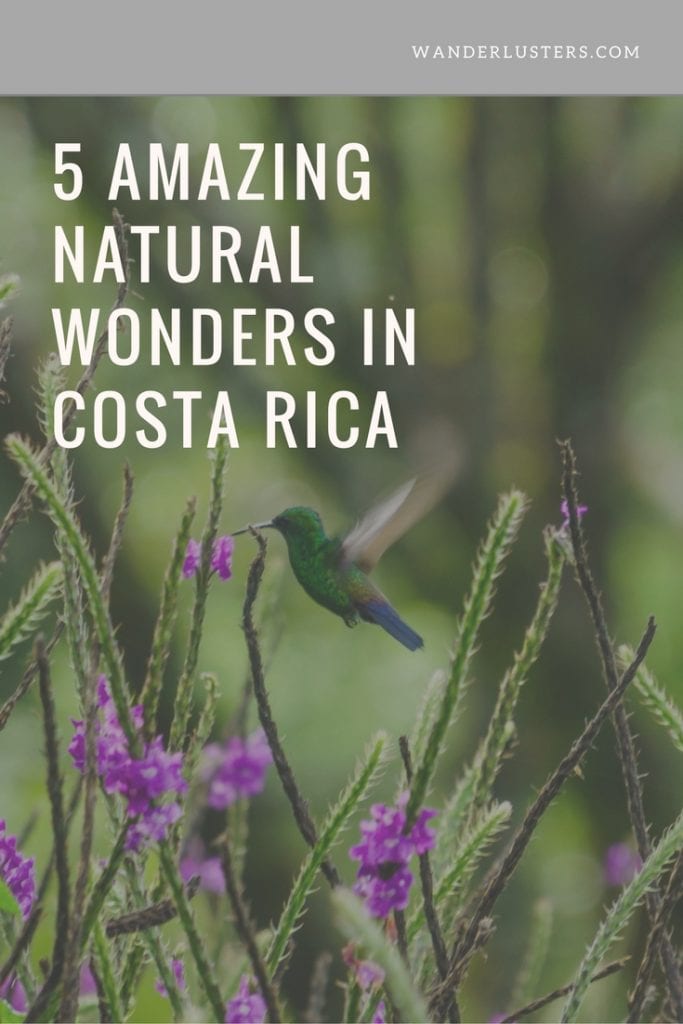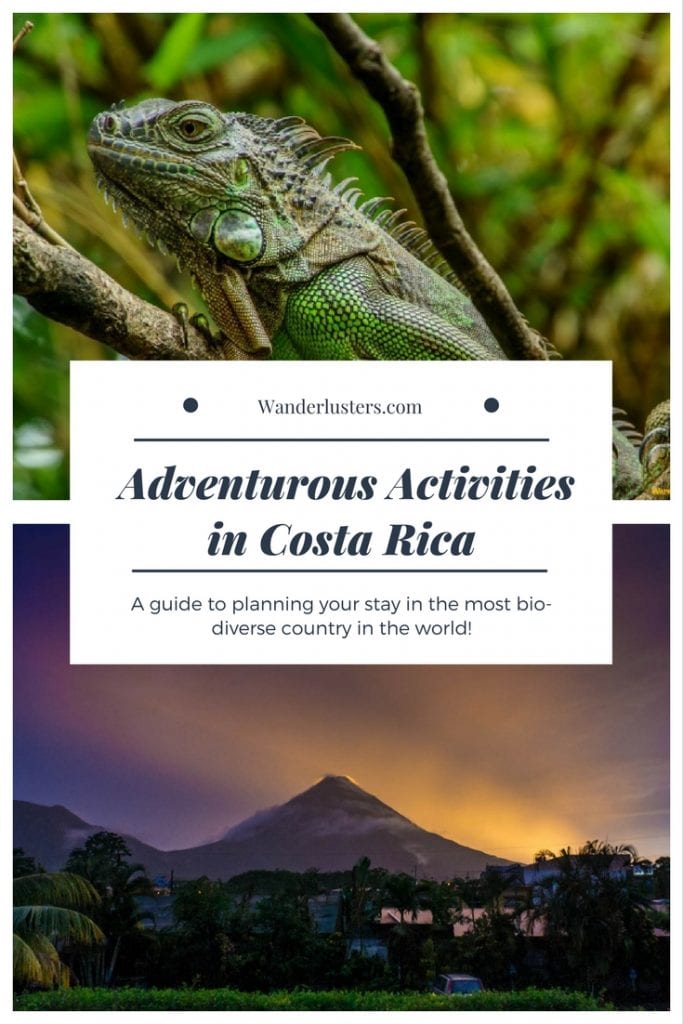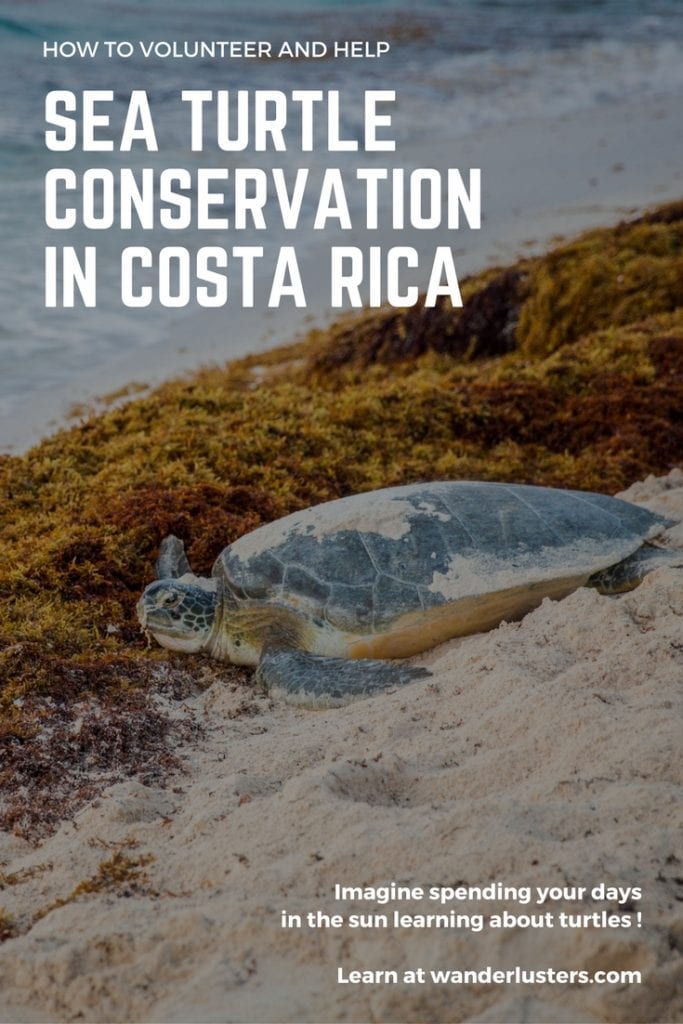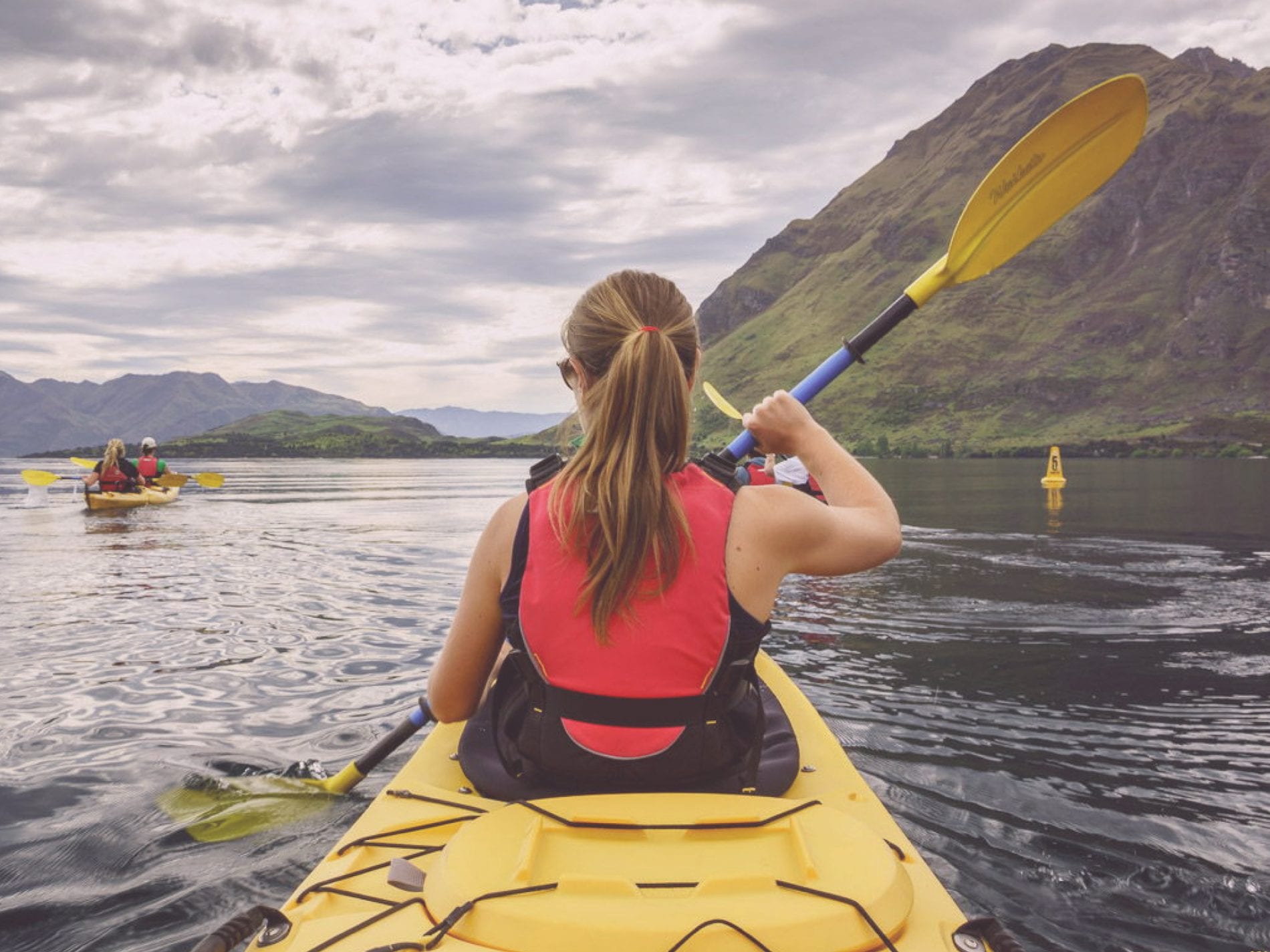If you’re hoping to get an authentic jungle experience out of your Latin American vacation, you can’t go wrong with a visit to Manuel Antonio National Park.
Established in 1972 to protect the Costa Rican jungle ecosystem, Manuel Antonio is perhaps the country’s most popular – and most famous – national park. Trails at Manuel Antonio are suitable for hikers of all experience levels, and allow ample opportunities to view the park’s 109 species of animals, 350 species of birds, and hundreds of species of tropical plants. And, when you’re ready to take a break from hiking, you can relax on one of the park’s pristine Pacific Ocean beaches.
WHAT YOU NEED TO KNOW ABOUT MANUEL ANTONIO NATIONAL PARK
Unlike American national parks, Manuel Antonio National Park has a gated entrance and charges visitors an entrance fee. The park opens at 7:00 a.m. and closes at 4:00 p.m.; visitors are advised to arrive early to have time to take in the many nature trails and beautiful, popular beaches. Children under age 12 can get in free, but adults must pay $16.
The park is open year-round, but closes on Mondays. Regulations restrict the number of visitors allowed into the park at one time to 600 on weekdays and 800 on weekends and holidays. Before you can enter the park, your bags will be inspected. This is to keep prohibited foods out of the park; in the past, the park has had problems with visitors feeding the wildlife inside.
HOW TO ACCESS THE NATIONAL PARK
Manuel Antonio National Park is 120 miles (192 kilometers) south of San Jose, and 8.2 miles (13.2 kilometers) south of Quepos, the nearest community.
You can reach Manuel Antonio National Park by traveling south on route 235 to route 618, which will bring you to the park gates. If you’re looking for accommodation in the region, you’ll pass plenty of restaurants and hotels on the way.
READ MORE COSTA RICA TRAVEL GUIDES FROM WANDERLUSTERS
A MINI GUIDE TO HIKING IN MANUEL ANTONIO NATIONAL PARK
Manuel Antonio National Park is a premier destination for nature vacations because it offers several hiking trails, all of which provide opportunities to spy three-toed sloths, howler monkeys, capuchin monkeys, birds, and other wildlife. The trails include:
- Sendero la Catarata. This short trail begins near the entrance of the park and leads to a waterfall that varies in size depending on recent rainfall.
- Sendero el Perezoso or Sendero Paralelo. About 250 meters further down the road from the Sendero La Catarata, the Sendero el Perezoso, or Sloth Trail, provides visitors with the best opportunities to glimpse three-toed sloths hanging in the trees.
- Sendero Punta Catedral. The Punta Catedral was once an island, but sediment accumulation has now connected it to the mainland. Hikers can follow the Sendero Punta Catedral for splendid views and access to various beaches, include Playa Espadilla Sur. It takes about an hour to complete the whole hike.
- Sendero Playa Gemelas. This short trail leads visitors to Playa Gemalas. Although it’s one of the two most popular beaches in Manuel Antonio National Park, it’s usually less crowded than the other popular beach, Playa Manuel Antonio. Follow the trail all the way to the mirador, or view point, for gorgeous views of the Costa Rican coast, Punta Catedral, Playa Manuel Antonio, and Playa Puerto Escondido.
- Sendero Congo. This short trail connects Sendero Playa Gemelas to Sendero Mirador. It offers opportunities to see white face monkeys and howler monkeys playing in the trees.
- Sendero Mirador. Sendero Mirador leads to Punta Serrucho, a jagged escarpment that juts out from the coast, offering magnificent views.
The further you hike into the park, the fewer visitors you will encounter, as most of the park’s visitors come to enjoy the white sand beaches.
The park’s trails are short enough that you could conceivably hike them all in a day, although you may want to leave some time to enjoy the beaches, too.
BEACHES IN MANUEL ANTONIO
Manuel Antonio National Park is known for its beaches as well as its wildlife. When you’re ready to take a break from hiking, relax on one of the park’s peaceful white sand beaches.
Playa Manuel Antonio is the most popular beach, with bathroom facilities available, so you can change into your swimsuit. Playa Gemelas is also a popular, but less crowded, option for those seeking a secluded beach experience.
Featured image by Jim O’Donnell, read more about his take on sustainable travel here.
Costa Rica is well-known for its beautiful beaches and jungle terrain. Enjoy both with a day at Manuel Antonio National Park.

